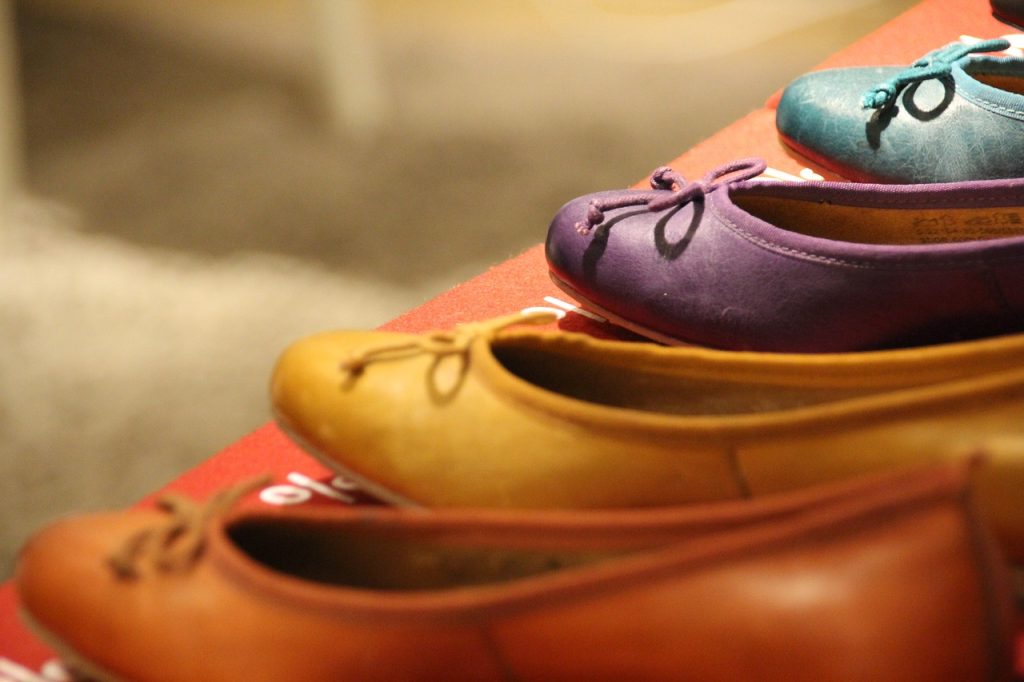Dress for Success: Do’s and Don’ts for Workplace Fashion
Dressing appropriately for work is essential to make a positive impression, project professionalism, and exude confidence in a professional setting.
Understanding the do’s and don’ts of workplace fashion ensures that you maintain a polished and appropriate look.

During this journey, we will explore professional insights on the do’s and don’ts of dressing for work, helping you navigate workplace fashion with style and professionalism.
Do’s and Don’ts for Workplace Fashion:
Do Understand the Dress Code

Learn about the dress code at your place of employment. Follow the instructions to ensure you are dressed correctly, whether they include formal business wear, business casual, or a specific dress policy. Following the dress code conveys professionalism and shows respect for the company’s culture.
Don’t Dress Too Casually
Be careful not to look too casually dressed or unprofessional. Save your casual attire—like jeans, t-shirts, or sneakers—for special occasions or professions with laxer dress rules. Choose more refined and fitted attire to project a feeling of commitment and professionalism.
Do: Dress For The Weather

Avoid going too bare. Instead, you may dress appropriately for the weather. Despite being challenging, it is nevertheless achievable. What then is the secret? Choose staples made of breathable materials. Consider cotton and linen, and then go from there. Invest in summer-friendly materials for boardroom necessities, and you won’t have to worry about wearing your swimsuit to work again!
Do Dress for the Role and Industry
When deciding on your professional clothes, take into account the standards and expectations within your particular job and sector. While some like a more creative or informal style, some vocations may call for more professional clothes. Dressing adequately for your industry shows that you are aware of the expectations of professionalism and makes you fit in.
Don’t Show Too Much Skin

Avoid wearing attire that exposes too much flesh to maintain your professionalism and modesty. Dresses and skirts should be the right length, and tops should cover your cleavage and shoulders. Balance is crucial; choose work-appropriate attire that is also relaxed and enables you to fulfill your job obligations with ease.
Do Embrace Tailoring and Proper Fit
Spend money on clothes that is well-tailored and appropriately matches your body form. Poorly fitted or too tight clothes might give off a messy or unprofessional vibe. Fitted clothing improves your overall appearance and exudes confidence and attention to detail.
Don’t Overdo Accessories or Makeup
In the office, keep jewelry and cosmetics simple. Wearing too much jewelry or showy accessories might be distracting or make you look unprofessional. Makeup that complements your natural features without being excessively dramatic or obtrusive should be modest and tasteful.
Don’t Wear Too Bare Shoes
Not everyone likes seeing their feet fully exposed. The greatest time to wear flip flops and open-toed shoes is on informal outings.
It’s important to wear shoes that allow your feet to breathe rather than going barefoot. However, consider covering when it comes to flatness. The market has a wide selection of work-appropriate, partially exposed apartments.
Do Prioritize Cleanliness and Grooming
Maintain a tidy and presentable look at work. Make sure your apparel is wrinkle-free, ironed, and clean. Pay close care to your personal hygiene, including neatly groomed nails and hair. This level of detail demonstrates professionalism and regard for your workplace.
Instead of giving up on the pantsuit, get a custom two-piece
It has to be a custom-made suit, one that will still be considered “office appropriate” years from now. The ideal fit, let’s face it, is superior to all others. It will be your go-to for on-the-go meetings.
Don’t Neglect Comfort
Dressing comfortably for your workplace is just as vital as keeping up a professional image. Pick textiles that are breathable and easy to move in. Avoid wearing shoes that are uncomfortable or interfere with your ability to do your work well. Comfortable clothing encourages confidence and productivity throughout the day.
Select Appropriate Clothes: Dress in a manner that is appropriate for your profession and working environment. Choose a business dress for places of employment that are more formal; business casual may be appropriate in other situations.
Other do’s and don’t for workplace fashion include:
- Keep It Neat and Clean: Make sure your clothes are tidy, pressed, and free of wrinkles. Professionalism is demonstrated by a polished look.
- Add Personal flair: While keeping a professional appearance, include your individual flair into your attire. Incorporate accents or splashes of color to show off your uniqueness.
- Pay Attention to Grooming: Keep up with excellent personal grooming practices, such as keeping your hair clean and well-groomed, your nails clipped, and your facial hair well groomed.
- Use layers wisely to adjust to workplace temperature variations. A well-fitted blazer or cardigan may add style and warmth to any outfit.
- Respect Cultural Sensitivities: If you operate in a multicultural environment, consider cultural sensitivities while selecting your clothing.
- Avoid wearing apparel with unpleasant language, logos, or images on it that could be interpreted as unprofessional.
- Heavy Cologne or Perfume: Refrain from wearing excessive cologne or perfume, as these fragrances may distract your coworkers.
- Unprofessional Appearance: Avoid wearing clothing that is overly tight or too loose since it might make you look unprofessional.
- Wearing clothes that are wrinkled or dirty might be interpreted as a lack of attention to detail.
- Casual Shoes: Save your flip-flops, sandals, and sports shoes for more relaxed occasions, and wear more acceptable shoes to work.
- Too Casual Outerwear: Avoid too casual jackets or hoodies wearing professional outerwear that matches your attire.
- Flashy Jewelry: While accessories may add flair, stay away from wearing too flashy or attention-grabbing jewelry.
- Neglecting Personal Hygiene: To present oneself professionally and make a good impression, maintain decent personal hygiene.
Conclusion:
Professionalism, appropriateness, and personal style all need to be considered while dressing for the workplace. You may present a polished and professional image that fits your job and industry by abiding by the dos and don’ts of office attire. Recognize the dress code, dress for the situation, put comfort first, and keep your look tidy. Keep in mind that dressing professionally not only conveys a pleasant impression to others, but also increases confidence and improves professional presence.


Responses